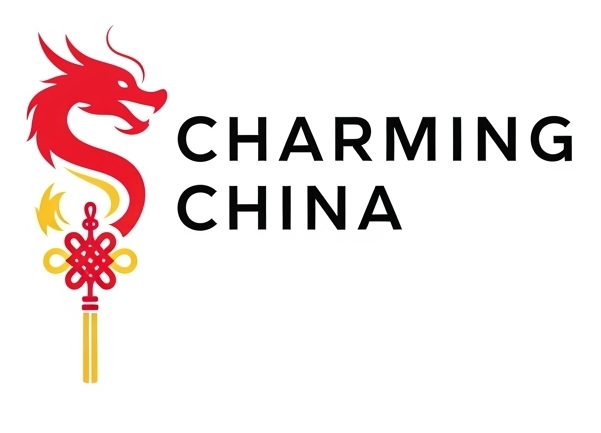Patterns, Accessories & Symbolism – Decode the hidden meanings in color and motif
Clothing in traditional Chinese culture was never just about style. Every pattern, accessory, and color carried layers of meaning—reflecting social rank, spiritual beliefs, and cultural ideals. From embroidered dragons that symbolized imperial authority to hairpins and jade pendants that embodied purity and virtue, Hanfu and festival attire told stories without words. Let’s explore how patterns and accessories decode the symbolic language of Chinese clothing.
Patterns & Motifs in Traditional Clothing
1. Dragons (龙)
- Represent power, authority, and masculinity.
- Worn exclusively by emperors in golden embroidery.
2. Phoenix (凤)
- Symbol of femininity, harmony, and beauty.
- Often paired with the dragon in wedding attire to represent marital balance.
3. Clouds & Waves (云纹 / 水纹)
- Represent connection between heaven and earth.
- Common in both imperial robes and festival clothing.
4. Flowers & Plants
- Peony (牡丹): Prosperity and wealth.
- Lotus (莲花): Purity and enlightenment.
- Bamboo (竹): Integrity and resilience.
5. Animals
- Cranes: Longevity and wisdom.
- Fish: Abundance and fertility.
- Tiger: Courage and protection.
Accessories & Their Meanings
Hairpins (簪子)
- Worn by women as symbols of maturity and grace.
- In weddings, hairpin ceremonies (笄礼) marked a girl’s coming of age.
Jade Pendants (玉佩)
- Jade represented purity, moral character, and protection.
- Pendants often carried engraved motifs for extra symbolism.
Belts & Sashes (腰带)
- Distinguished social rank and often held practical items like pouches or ornaments.
Fans (扇子)
- More than fashion: a literary and cultural accessory.
- Painted with poetry, landscapes, or calligraphy to express personal taste.
Embroidered Shoes
- Symbolic animals (like tigers for children’s shoes) offered protection and strength.
The Symbolism of Colors
- Red: Joy, luck, and celebration.
- Yellow: Imperial authority and centrality.
- White: Mourning, but also purity in Taoist traditions.
- Black: Power and solemnity.
- Blue/Green: Vitality and renewal.
- Purple: Nobility and spirituality.
How Symbolism Shaped Clothing Traditions
- Social Hierarchy: Certain motifs (e.g., dragons) were reserved for emperors.
- Life Stages: Accessories like hairpins marked adulthood, while wedding attire used phoenix motifs for harmony.
- Festivals & Rituals: Colors and patterns varied depending on the celebration’s theme.
- Spiritual Meaning: Many designs embodied Confucian, Daoist, or Buddhist philosophies.
Modern Revival
Today, the Hanfu revival movement has sparked renewed interest in patterns and accessories. Designers blend traditional motifs with modern fabrics, while young people wear jade pendants, embroidered belts, and phoenix-inspired gowns at cultural festivals and weddings.
From embroidered dragons to jade pendants, Chinese clothing has always been a wearable encyclopedia of culture and belief. Patterns, accessories, and colors were not chosen at random—they were deeply intentional, carrying blessings, identity, and meaning. By reviving these traditions, today’s Hanfu enthusiasts are not just embracing fashion—they’re reconnecting with centuries of cultural wisdom.
FAQ
Q1: Why were dragons reserved for emperors?
Dragons symbolized ultimate power and authority, making them exclusive to imperial robes.
Q2: What accessories were most common in daily life?
Hairpins, jade pendants, and sashes were everyday items, often customized with symbolic motifs.
Q3: Why is jade so important in Chinese culture?
Jade represents purity, moral virtue, and spiritual protection, often called the “stone of heaven.”
Q4: Do Hanfu accessories carry meaning today?
Yes—many people wear jade, embroidered shoes, and symbolic patterns for cultural identity and blessing.
Q5: Which motifs are most popular in modern Hanfu revival?
Phoenix, lotus, peony, and cloud motifs are widely revived for their beauty and timeless meaning.
